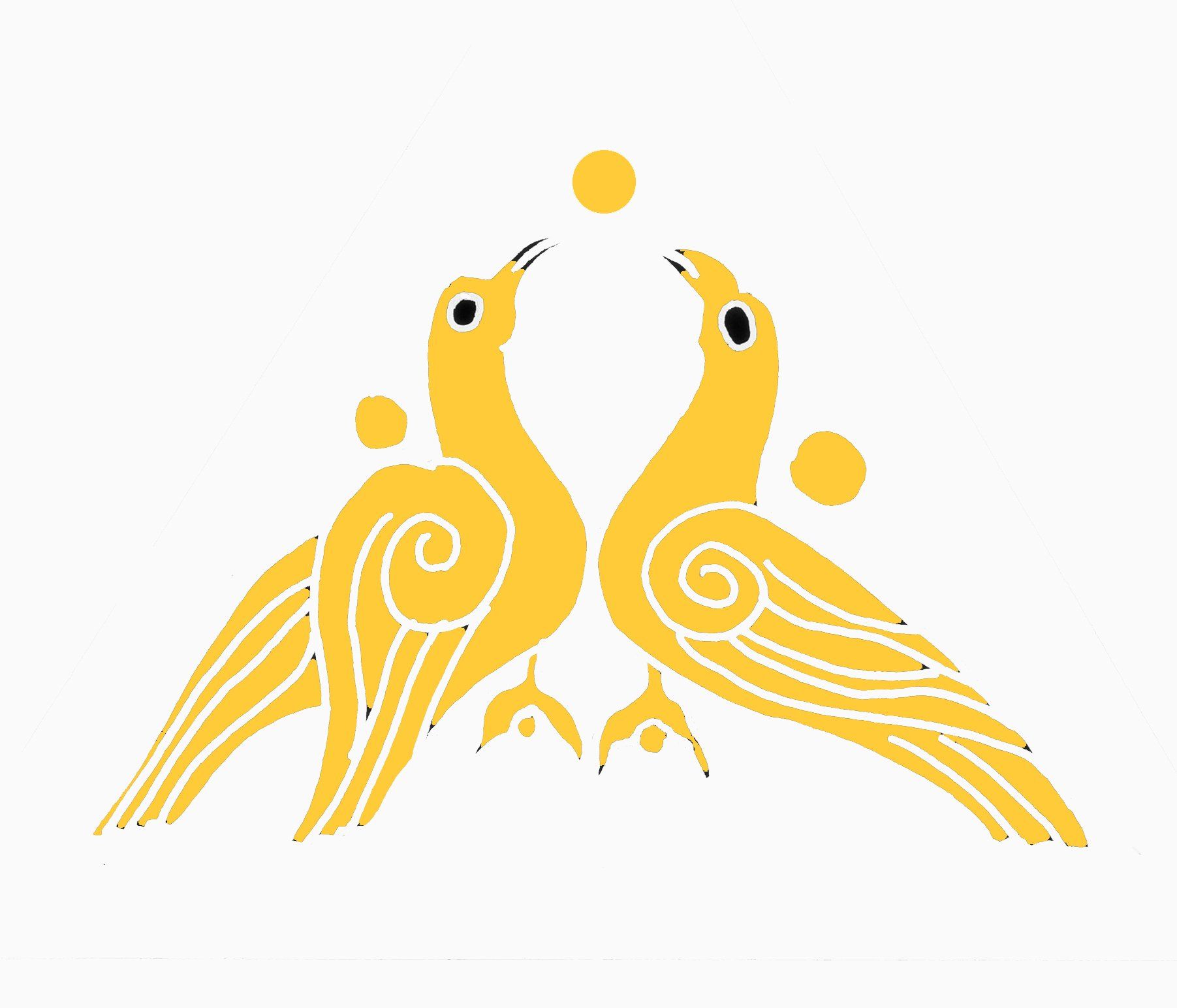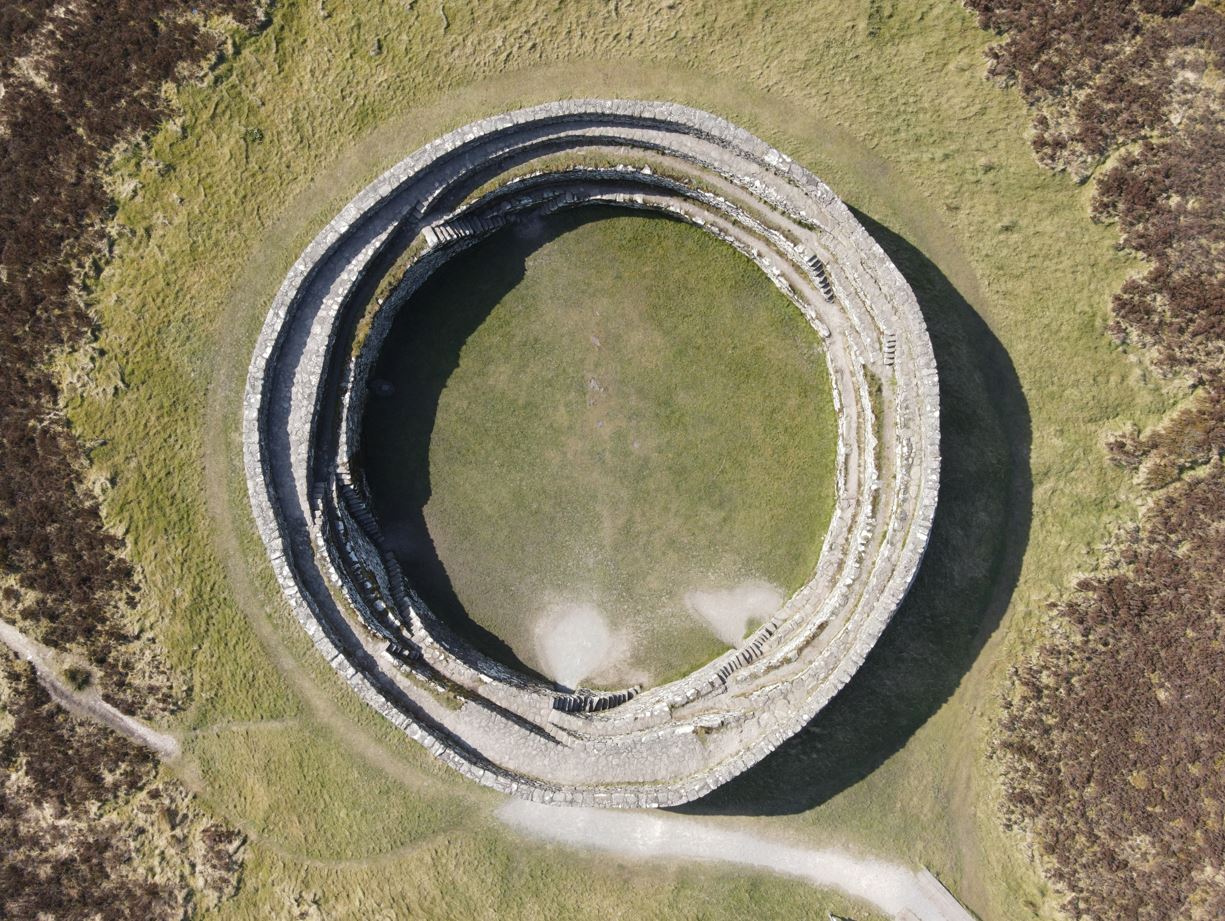Introduction
Today we are familiar with the four provinces of Ireland, namely Leinster in the east, Munster in the south, Connaught in the west and Ulster in the north. One thousand years ago these provinces also formed the main divisions of this island, but the lands that today form part of north Leinster then formed part of a fifth province, namely Mide, a name which is still preserved in the modern counties of Meath and Westmeath. Each of these five provinces was ruled by a king and was subdivided into smaller territories ruled by minor kings. All of these families secured and maintained their titles through military force. Once a king had established his authority within his own immediate area, they frequently sought to extend it position beyond the boundaries of their own minor kingdom. Some were satisfied to rule their immediate minor kingdom, while the more powerful families fought hard to rule an entire province. For the ambitious, the title of high-king of all Ireland was the ultimate prize. Few ever achieved this. Most became pawns in the royal ambitions of their provincial kings, and all of the provincial kings formed fickle alliances with and against each other in their relentless pursuit of power.
Brian Bórama’s family broke a number of conventions. His family were minor kings of the Dál gCais in east Clare, based near the modern-day town of Killaloe on the River Shannon. By the 967 they had effectively risen above their station when Brian’s brother Mathgamain ousted the Eóganacht kings who had ruled much of Munster for generations. When he succeeded to the kingship in 976, Brian himself was not satisfied with simply ruling Munster, and having conquered Leinster, he quickly turned his attention north. This brought him into conflict with Máel Sechnaill mac Domnaill, the ruling king of Mide. In 997 Brian and Máel Sechnaill came to an agreement - to divide Ireland into north and south between them. Two years later, Brian and Máel Sechnaill combined forces to quell a revolt led by Sitriuc Silkenbeard, the Viking ruler of Dublin, and Máel Mórda mac Murchada, king of Leinster. These four men would meet again in 1014 at the infamous Battle of Clontarf.
In 1002, Brian Bórama cast aside the agreement he had made with Máel Sechnaill five years earlier and forced his submission. He now intended to take the north by storm. In 1005 Brian marched to Emain Macha in Armagh, the legendary inauguration site of the kings of east Ulster. This was highly symbolic and designed to secure the submission of the east Ulster kingdoms and the recognition of Brian as high-king of all Ireland. He then went to the nearby church at Armagh, where he saw the celebrated Book of Armagh, which contains a collection of writings by St Patrick, the patron saint of Ireland. Because of its Patrician associations, Armagh was generally recognised as the primary church of all Ireland. It represented the ecclesiastical equivalent of Brian’s royal aspirations. Before he left, he placed 20 ounces of gold on the altar of the church. Brian was now at the height of his power, leading one contemporary writer to refer to him as the Emperor of the Irish. In 1011 Brian finally forced the submission of the powerful king of Cenél Conaill in west Ulster. He was now the undisputed high-king of all Ireland, which was an extraordinary achievement for a man of his background.
Brian had several wives, including Gormlaith, who was the sister of Máel Mórda mac Murchad, the king of Leinster. She had previously been married to Amlaíb Cuarán, the Viking king of Dublin and York. This marriage appears to have ended in a bitter divorce. In fact, Gormlaith was the mother of Sigtryggr Silkiskeggi (Sitriuc Silkenbeard), who succeeded his father as the Norse king of Dublin. This meant that Sitruic was the stepson of Brian Bórama, and to make matters even more complicated, Sitruic would also become Brian’s son-in-law, by his marriage to his daughter Sláine. Despite these close familial ties, all of these families would eventually become bitter opponents in the infamous Battle of Clontarf in 1014.
The broader political context was tied up with events in England. In the summer of 1013, the Danish king Svein Forkbeard launched a successful invasion of England, ousting the Saxon king Æthelred. Svein was now king of England and Denmark, but he died suddenly in February 1014, and was succeeded by his son Cnut. The success of the Vikings in conquering England appears to have inspired thoughts of a similar conquest in Ireland, and naturally enough, the point of contact with Ireland was the main Viking settlement at Dublin, then ruled by king Sitriuc Silkenbeard. The time for conquering Ireland may have seemed ripe, as Sitruic had already formed an alliance with his uncle, Máel Mórda mac Murchada, king of Leinster. Together they had begun a revolt against Brian Bórama, who marched to Dublin in the spring of 1014 to resolve the unrest. However, this was no ordinary revolt, and Brian most likely foresaw the danger when he heard that Sitruic had called in the support of Vikings from the western islands of Scotland as well as the Isle of Man. The resulting battle is one of the most famous ever fought on Irish soil – the Battle of Clontarf, now a coastal suburb of Dublin. The fighting began on 23rd April, Good Friday, and according to tradition the battle raged all day long. By the time both sides put their weapons down, the king of Leinster, Máel Mórda, was dead, and so too were many of the Viking leaders. The outcome has always been portrayed as Brian Bórama’s most famous victory. However, this was also to be his last. Brian himself lost his life, as did his son Murchad, grandson Tairdelbach, and numerous royalty of Munster. According to one source, the Abbot of Armagh came to Swords outside Dublin and took away the body of Brian and his son Murchadh for burial in Armagh. The king of Mide, Máel Sechnaill, who had come to Dublin to assist Brian, survived the battle. He succeeded Brian as high-king of Ireland and remained secure in this position until his own death in 1022.
It has often been said that Dublin became less important after the Battle of Clontarf. This is simply not true. In the years after the Battle of Clontarf, Dublin continued to grow in importance as a town and port. The notorious Norse ruler of Dublin, Sitriuc Silkenbeard, had survived the infamous battle of 1014 and continued to rule Dublin for several more years. As we have seen, through his Norse connections, Sitruic had more networks throughout Britain than any Irish ruler. After the Battle of Clontarf, these connections with Britain would be evident, not so much in terms of secular politics, but more in terms of the ecclesiastical development of Dublin.
In 1028 Sitruic left Dublin to make a pilgrimage to Rome. It is hardly coincidence that Cnut, Norse king of England, had made the same trip a year previously. Around this time Sitriuc founded what is today known as Christ Church Cathedral, but was officially known as Holy Trinity. This was not only a pivotal moment in the early history of Dublin, it would also mark an important event in the history of the Irish church. From its foundation it is clear that Christ Church was intended to be the seat of a diocese. Today we are all familiar with how churches are organised into dioceses, but in 11th century Ireland this was revolutionary. The first bishop of the newly founded Christ Church was Donatus, who served in that position until 1074. His successor, Gilla Pátraic, who had been a monk at the Benedictine community of Worcester, was consecrated at London by the Italian reformer Lanfranc, Archbishop of Canterbury. From this time, if not before, Christ Church in Dublin was a suffragan of Christ Church in Canterbury. The motivation was simple. If Canterbury could extend the diocesan system across the rest of Ireland, using Dublin as a foothold, it would be the head of the Irish church.
In 1072, the Norse ruler of Dublin, Gofraid, submitted to Toirrdelbach Ua Briain, king of Munster and grandson of Brian Bórama. This brought Toirrdelbach close to the ecclesiastical politics outside Ireland that in time would have a profound effect across the Irish church. He regularly corresponded with Lanfranc, the Archbishop of Canterbury and also Pope Gregory VII, who urged him to hold a council of the Irish clergy in order to bring the church laws here in line with canon law elsewhere in Europe. In 1085 Toirrdelbach was present in Dublin, together with many clergy from Ireland, to select a new bishop of Dublin. They chose Donngus Ua hAingliu, and it may be no coincidence that Lanfranc described him as ‘his own monk’, strongly implying that he had been trained at Canterbury. Donngus returned to Ireland with gifts of books, vestments and ornaments for the church of Dublin. The church reforms that had swept across Europe had finally arrived in Ireland, though it would take many years before they would take hold outside Dublin.
After the death of Toirrdelbach Ua Briain in 1086, his son Muirchertach succeeded to the kingship of Munster. Muirchertach eventually became overlord of almost all of Ireland, with the notable exception of Ulster, where his chief opponent was Domnall Mac Lochlainn, king of Cenél nEógain in Donegal. In 1088 Domnall formed an alliance with Ruaidrí Ua Conchobair, king of Connaught, and forced him to take part in an expedition into Munster. They attacked the Ua Briain stronghold of Kincora near Killaloe, and took hostages, for which Muirchertach had to pay a ransom in order to secure their release. Over the following years, Muirchertach was to suffer several defeats at the hands of Mac Lochlainn, though the latter was never really in a position capitalise on his victories, and Muirchertach would continue to dominate the rest of Ireland. Eventually, in 1101, Muirchertach led a massive army on a six-week expedition deep into Donegal. His army headed for the stone fortress of Ailech, a symbol of Mac Lochlainn power. He reputedly destroyed the fortress when his soldiers each took a stone away with them, in revenge for Domnall’s attack on Kincora in 1088. This may have been a bitter sweet victory, for Muirchertach. Domhnall had refused to engage the invading army in battle and never submitted to Muirchertach or recognise him as high-king.


